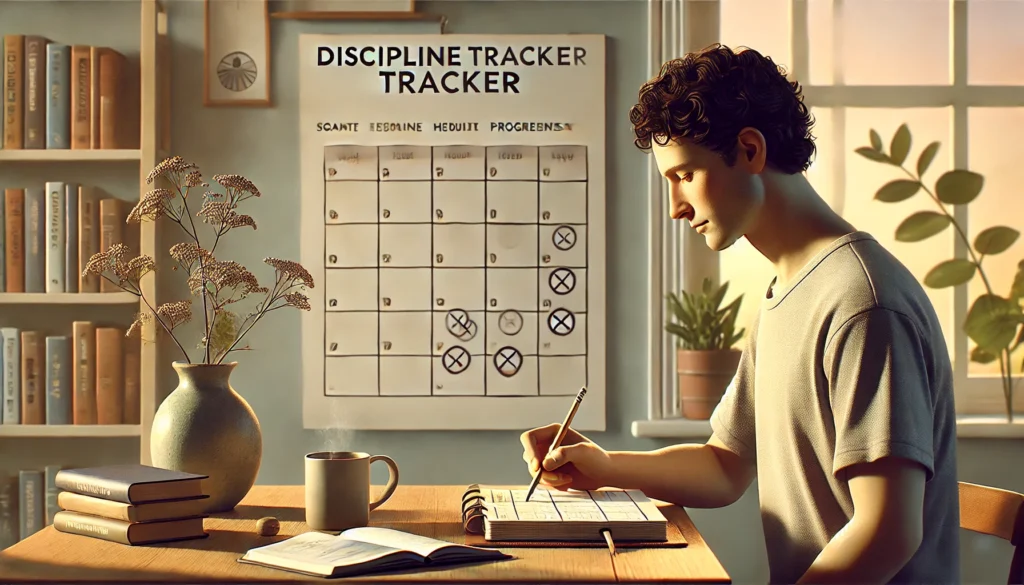
Self-discipline isn’t about being harsh with yourself or living a life with no fun. It’s about making conscious choices that align with your long-term goals, even when it’s hard.
Like a muscle, discipline grows with consistent effort. The more you train it, the stronger it becomes—and the easier it gets to follow through on your promises, resist distractions, and build habits that last.
In this article, you’ll learn how to strengthen your self-discipline step by step—without burnout, guilt, or perfectionism.
Self-discipline is the ability to do what needs to be done, even when you don’t feel like it.
It’s the bridge between goals and results. Between intention and action. Between who you are now and who you’re becoming.
And it’s not about willpower alone—it’s about systems, mindset, and consistency.
It’s hard because:
The solution isn’t to “try harder.” It’s to train smarter.
Discipline begins with trust—especially self-trust.
Make one small promise each day and keep it. It could be:
Each win strengthens your identity: I’m someone who follows through.
Prepare for obstacles by creating mental scripts.
Examples:
This reduces decision fatigue and builds resilience in the moment.
Discipline doesn’t mean relying on brute force all the time.
Try:
Make the right choice the easier choice.
Train your brain to wait—and feel good about it.
Simple ways:
Over time, you rewire your brain to enjoy effort and patience.
You don’t have to go it alone. Share your goals or progress with:
Being seen strengthens your follow-through.
Seeing your own progress is motivating. Use:
Celebrate showing up, even if the action was tiny.
If starting feels overwhelming, shrink the task.
Starting builds momentum. Momentum builds discipline.
Everyone slips. What matters is what you do next.
Instead of:
Discipline is consistency over time—not perfection.
True self-discipline isn’t about restriction—it’s about freedom. The freedom to live life on your terms. To show up for your goals. To trust yourself more each day.
So start small. Stay consistent. Be kind to yourself.
Because every disciplined decision is a vote for the person you’re becoming—and every rep makes you stronger.

Daniel Carter believes that small daily changes lead to extraordinary results. Through simple and effective strategies, he inspires readers to take control of their routines, overcome procrastination, and unlock their full potential.